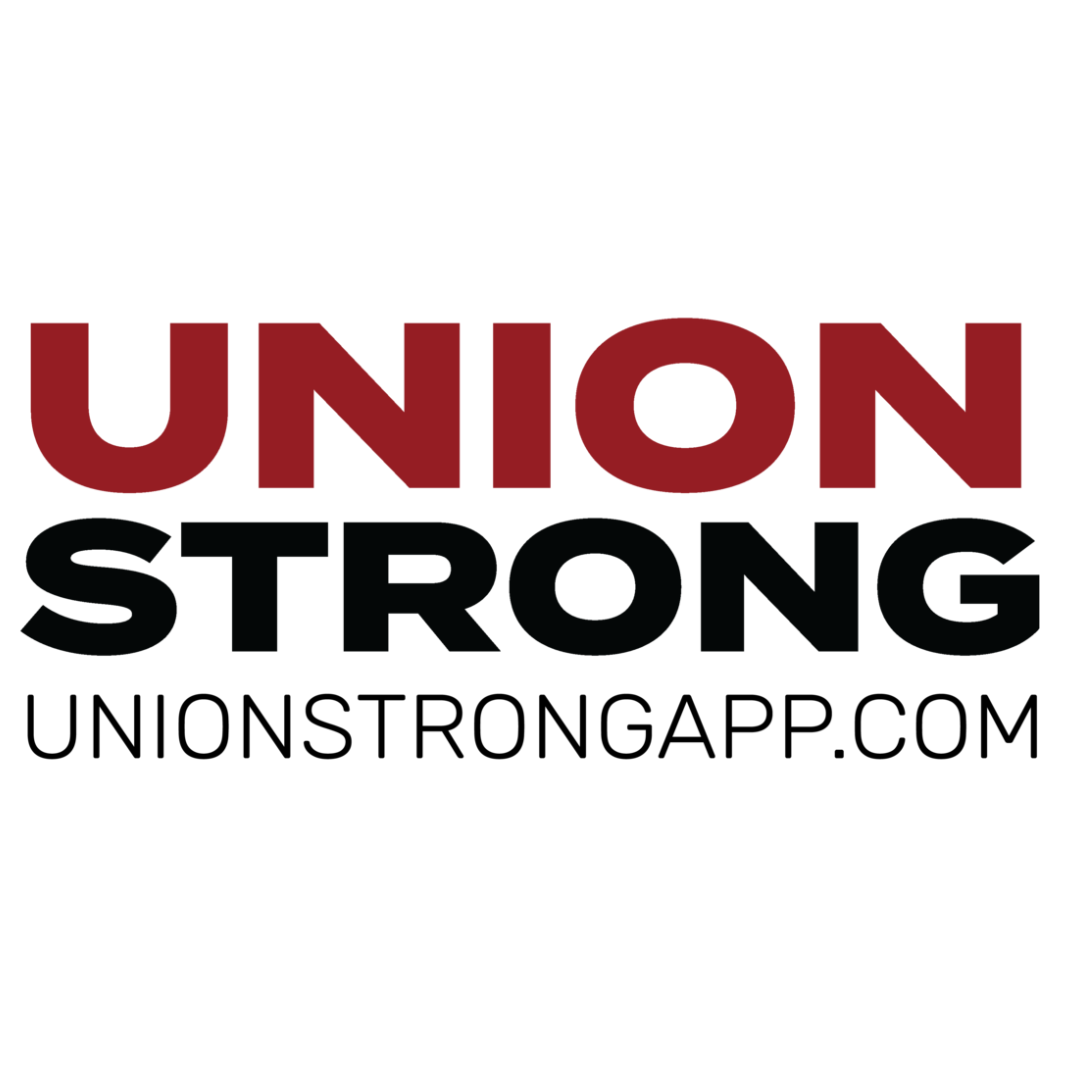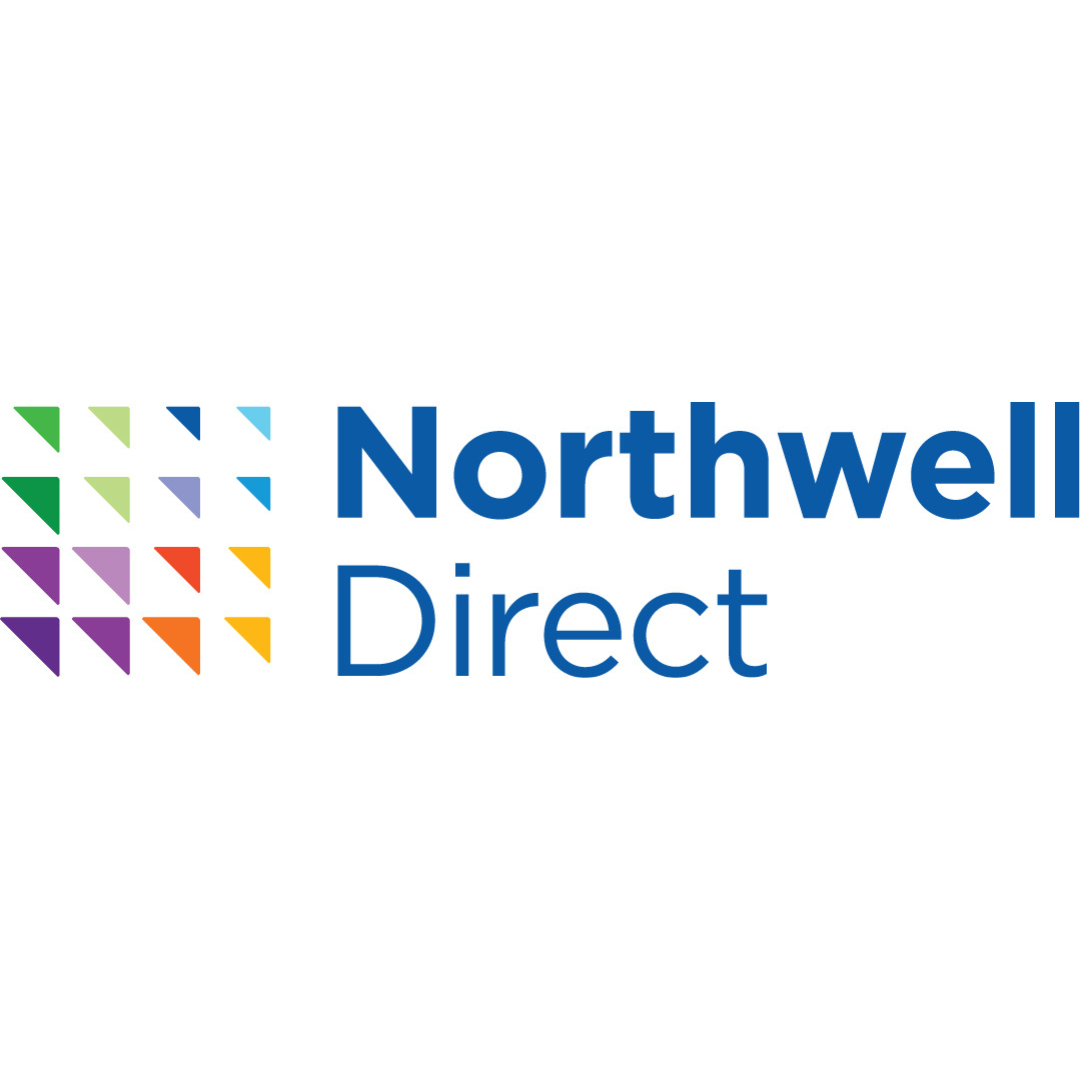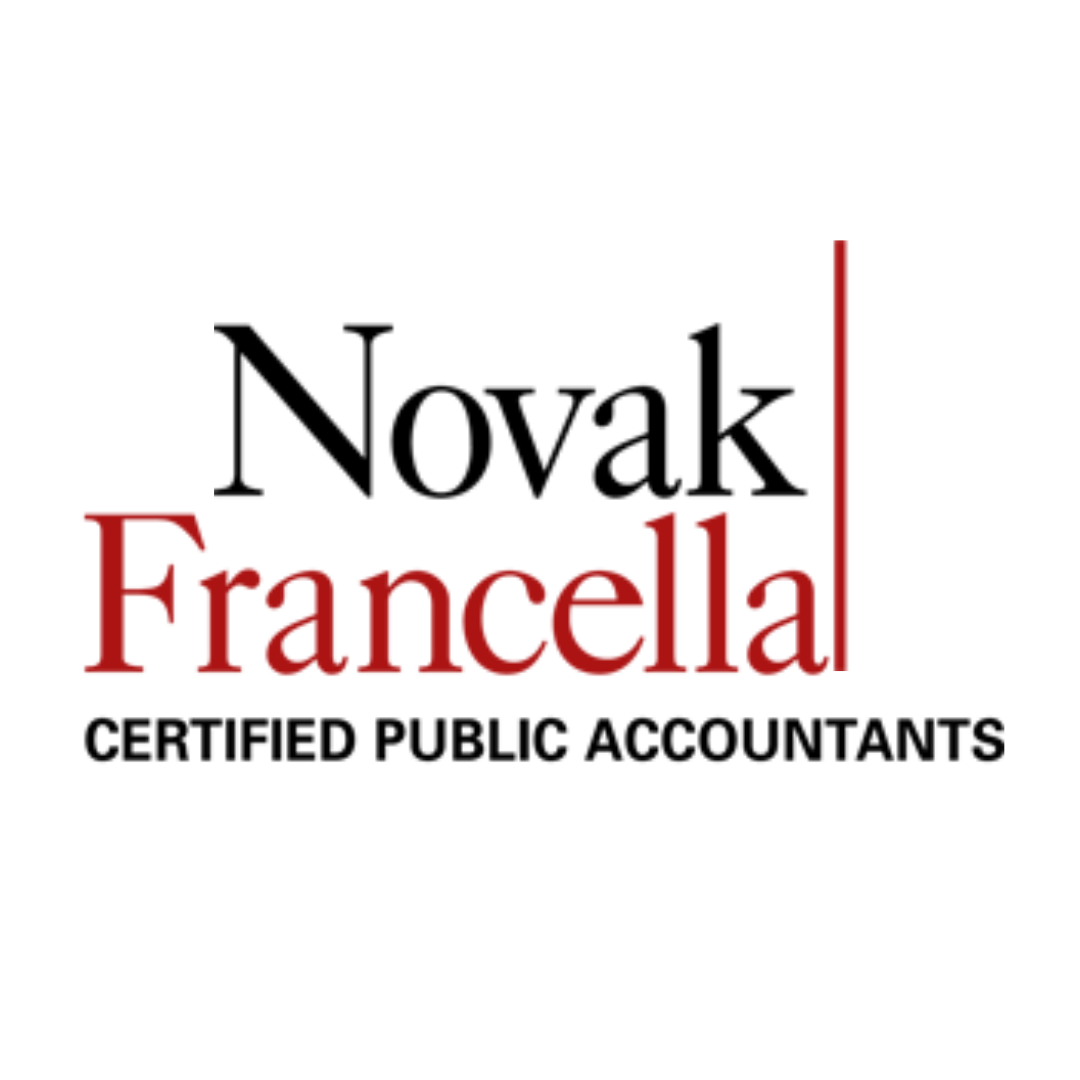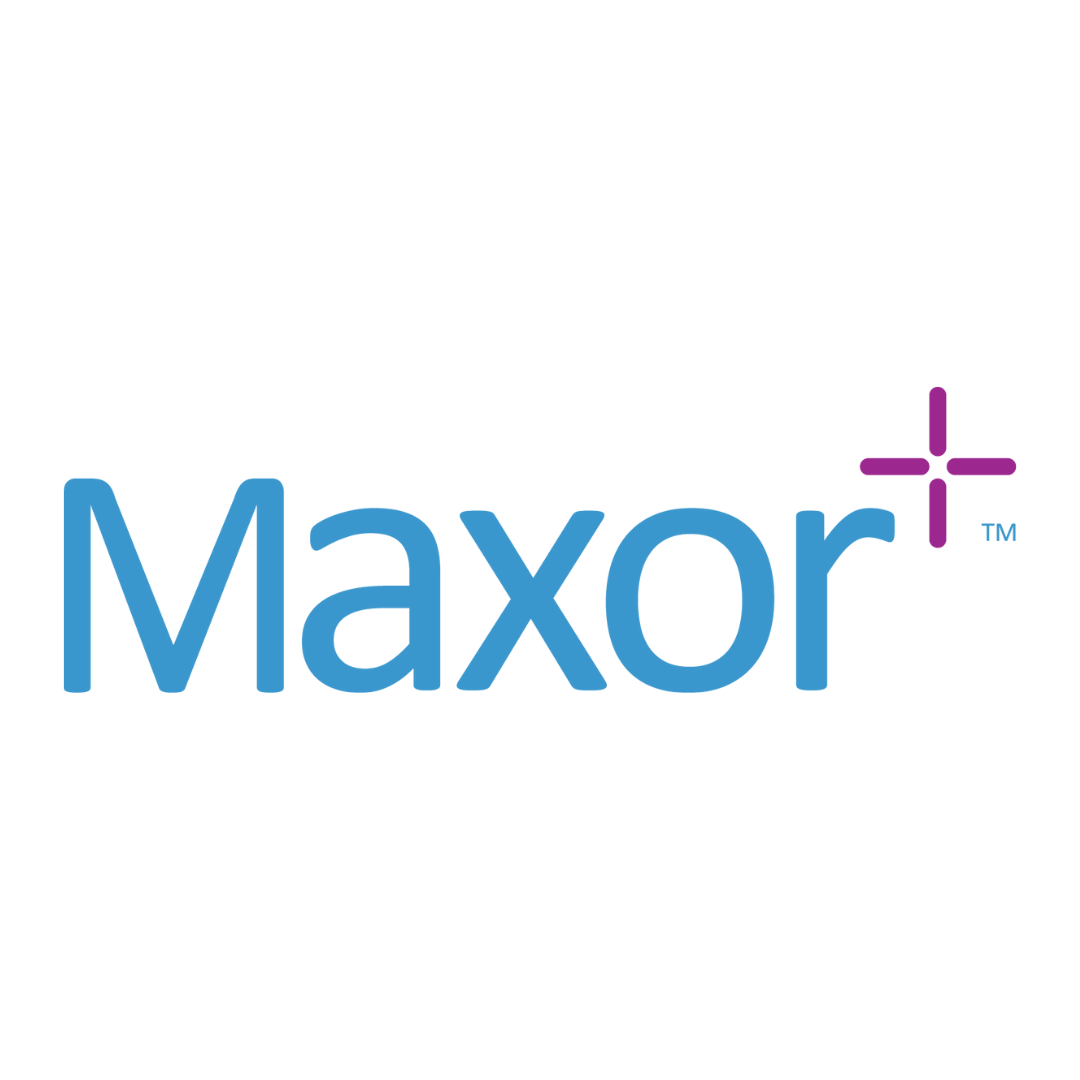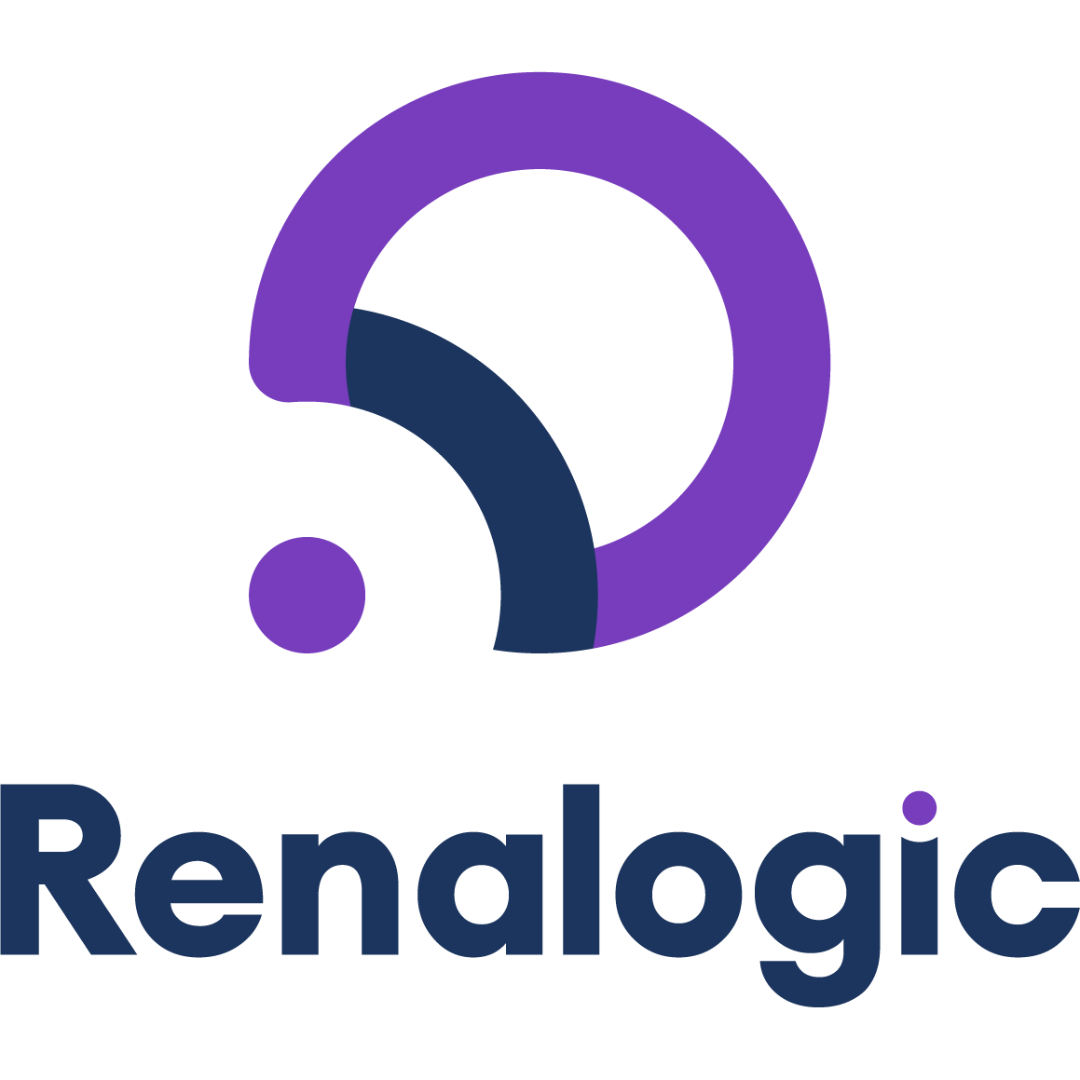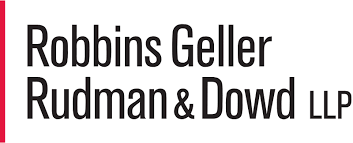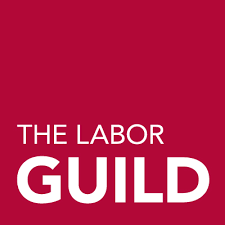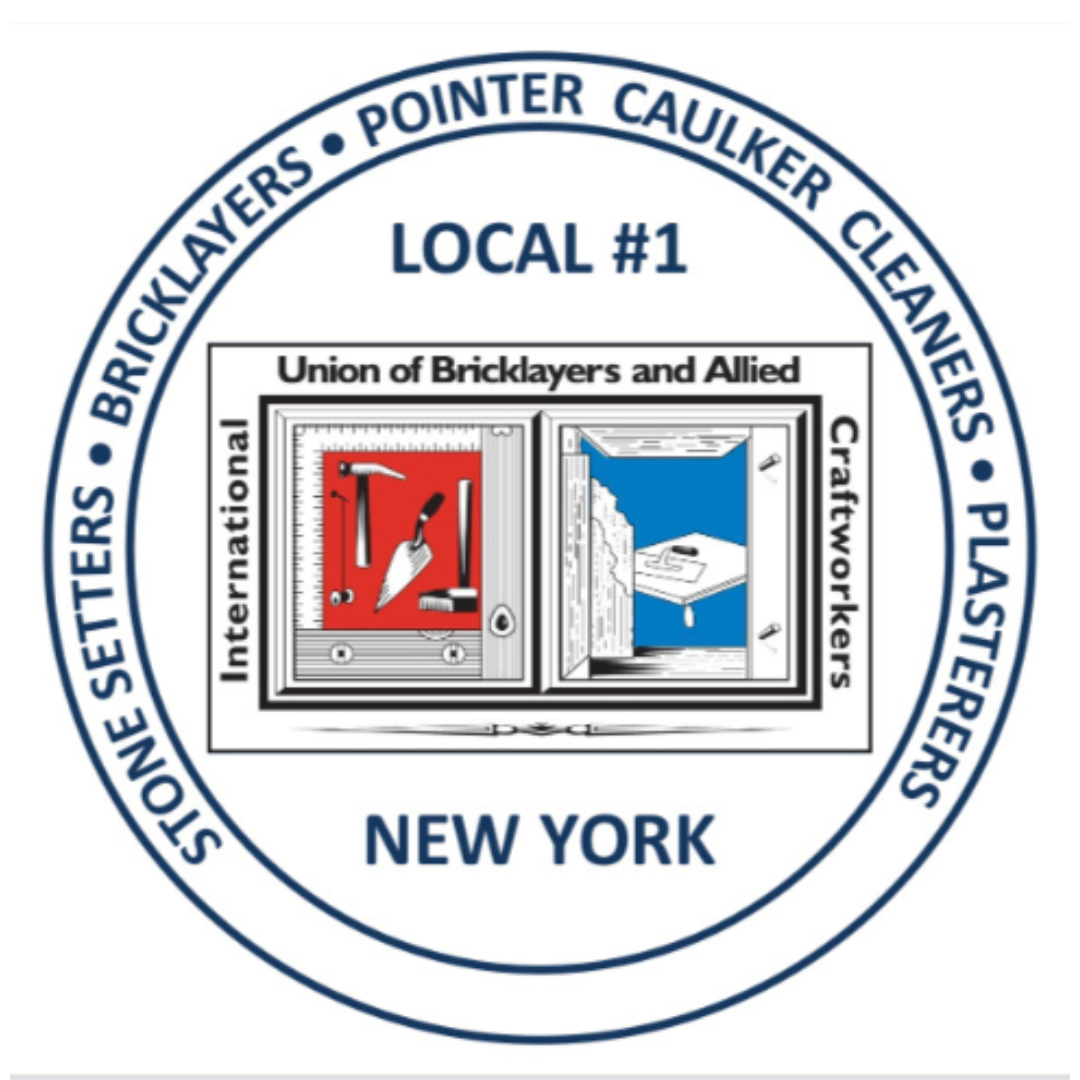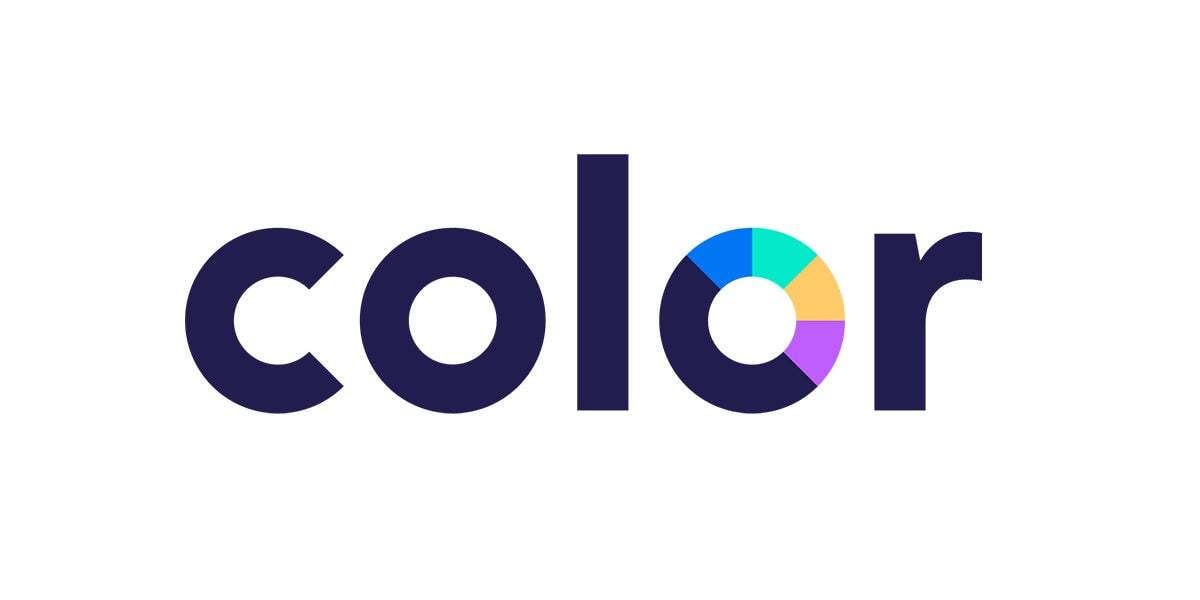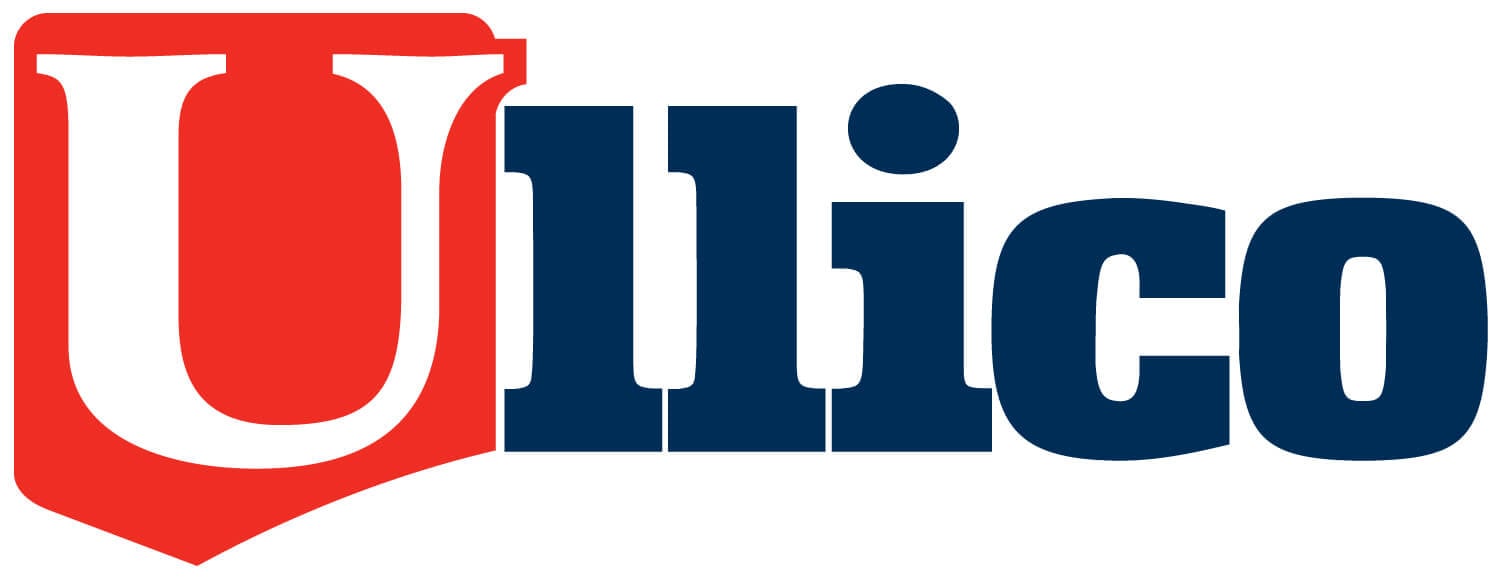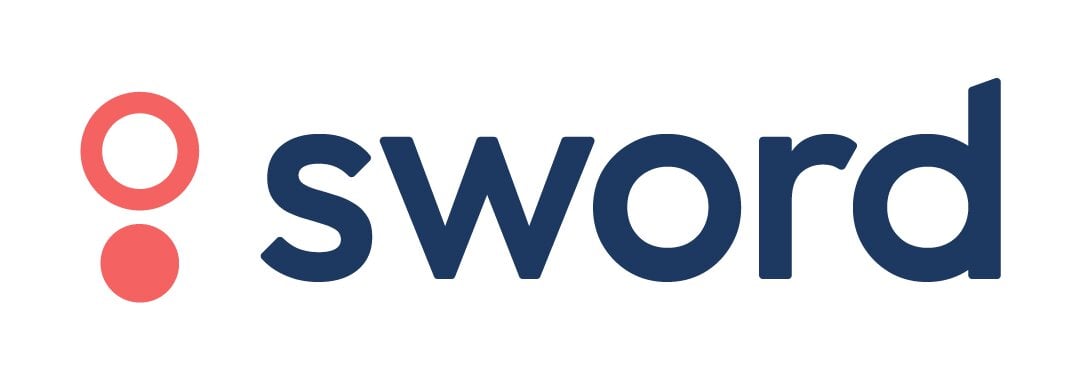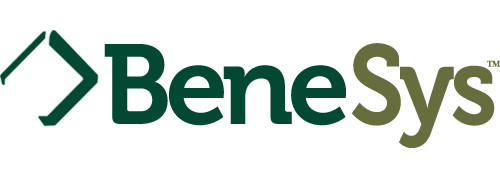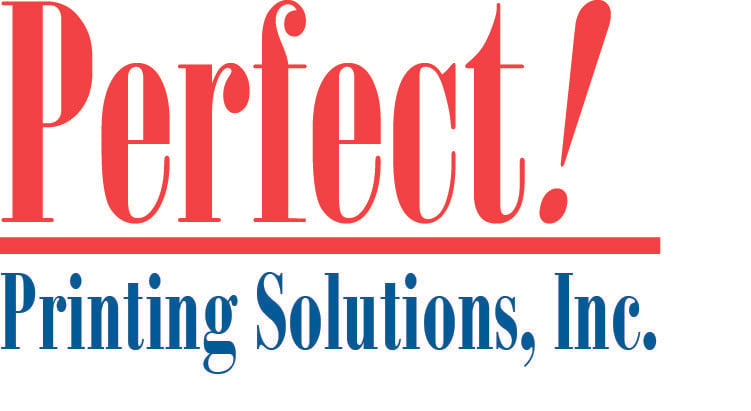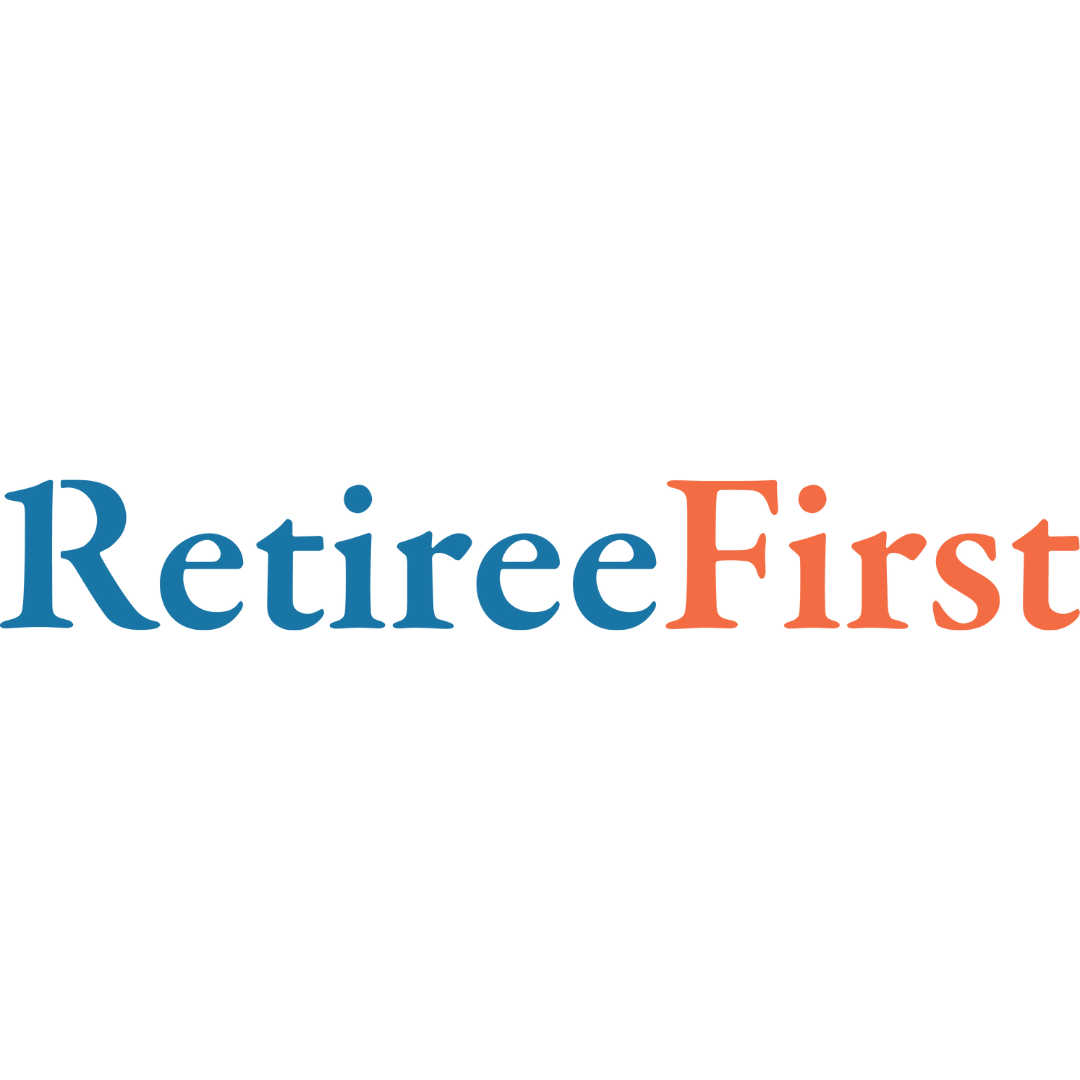Modernizing Labor Communications: A Necessary Evolution for Labor
The labor movement is at a critical crossroads. Unions, the backbone of worker advocacy, face an increasingly complex challenge: how to communicate effectively with
members in an era of fragmented media, generational shifts, and digital transformation. While unions traditionally rely on personal relationships, meetings, and printed newsletters, the modern workforce demands faster, more direct, and interactive engagement.
On January 23, 2025, a select group of union leaders and labor advocates met for the Union Strong Focus Group, a strategic discussion on modernizing labor communications. Carefully curated to represent a diverse cross-section of the labor movement, these participants brought firsthand insights into the challenges and opportunities facing unions today. Hosted by the Union Strong App and organized and moderated by John McDermott (former director of strategic partnerships for the Consortium of Workers Education, the workforce education arm of the NY Central Labor Council, AFL-CIO), the focus group provides a platform for union leaders to share their experiences, insights, and ideas on how to improve communication within the labor movement.
The discussion explored innovative ways to strengthen outreach, engagement, and collective action through enhanced communication strategies and digital tools. During the focus group discussion, several key questions were asked to guide the participants which helped uncover insights and challenges of current day unions.
What emerged was a clear consensus—unions must evolve their communication strategies or risk losing relevance in the digital age.
The Changing Landscape of Union Communication
The conversation underscored a fundamental truth: no single approach works for all unions. Some have found success with traditional outreach methods, while others have embraced digital tools. However, the need for a cohesive, labor-focused communication platform is undeniable.
Some unions, like the United Federation of Teachers (UFT), have successfully used messaging apps to communicate with members based on specific roles or interests.
Though currently used on a small scale, this tactic demonstrates the power of direct, relevant messaging. Smaller unions, such as the Fire Officers, have maintained high
engagement levels by prioritizing personal outreach, particularly during political mobilization efforts. Online voting and digital balloting are also streamlining internal processes and increasing participation, despite legal and regulatory hurdles.
On the importance of leveraging existing materials to save time and e>ort, Mike McGuire of Laborers’ Local 79 stated, "There are certain issues and moments, where sending out that their stu> either fills a need or saves time because I don't have to do that." This approach not only streamlines the process but also ensures that the message is consistent and amplified by a wider audience reach.
Challenges Holding Unions Back
Despite these successes, persistent challenges continue to hinder union communication e>orts. Generational divides create friction, as younger members demand mobile-friendly, interactive platforms while older members prefer traditional methods. Striking a balance remains a challenge. Larger unions struggle with inconsistent messaging across various organizational levels, making communication ine>icient and fragmented. Many unions also report difficulty in sustaining member interest, leading to low attendance at meetings and elections.
Another significant challenge is the lack of a centralized information source that union leaders can rely on. While local unions have their own communications strategies, there is often a disconnect between local, state, and national/international levels of union leadership. Messages and priorities may get lost in translation, leaving members confused or disengaged.
The fragmentation of communication prevents unions from acting as a cohesive force when it matters most—whether it’s rallying for legislation, negotiating contracts, or mobilizing for elections.
A Call for Innovation: The Future of Union Communications
The potential for a more integrated, technology-driven, labor-focused communication network is vast.
Imagine a system where unions could coordinate national campaigns with the click of a button, where union members could access their benefits, resources, and critical updates from their smartphones, and where unions could track engagement and participation in real time. This is not just a vision—it is a necessity for the future of the labor movement. A shared repository of campaign materials would enable rapid, unified responses to legislative issues, negotiations, and workplace concerns.
Rebecca Lurie, a faculty member at the CUNY School of Labor & Urban Studies, highlighted the importance of reaching beyond the traditional union membership. As gig work and independent contracting rise, unions must extend their outreach to the broader workforce seeking representation.
The Untapped Potential of a Labor-Focused Communication Network
A labor-focused communication network could unlock new possibilities for unions, empowering them to overcome these communication barriers and strengthen the labor movement. According to the focus group participants, such a platform could enable unions to:
Facilitate Collective Action: Unions could use push notifications and targeted messaging to rapidly mobilize members for strikes, protests, and other collective
actions, amplifying the labor movement's impact.
Enhance Member Services: By integrating access to benefits, pension information, and other member resources, the platform could improve the user experience and increase engagement.
Expand Organizing Efforts: Unions could create public-facing profiles to share information about their work and attract new members, bridging the gap between
the labor movement and the broader community.
Streamline Internal Processes: Features like online voting and balloting could help unions overcome the logistical challenges of internal elections and bylaw
changes, increasing member participation.
About the Union Strong Mobile Engagement Network:
The Union Strong App was created in partnership with the NY AFL-CIO in 2019 to help strengthen Labor by strengthening narratives. We do this by providing local unions a private engagement / organizing tool in the form of a local-branded mobile application and content distribution hub – a connected “union hall in your pocket”.
In essence, we enable unions to leverage the power of a permanent unified, connected network while preserving a unique identity and decision-making authority. This
balance is crucial for fostering engagement, trust, and a sense of ownership among union members.
A Call to Action
If you’re a union leader or advocate, we invite you to join us in shaping the future of labor communications.
To participate in an upcoming focus group or learn how the Union Strong Engagement Network can better connect your union, fund, or organization, email Lydia Bloom at
lbloom@patter.com
Together, we can strengthen labor communications and fortify the collective power of workers everywhere.

